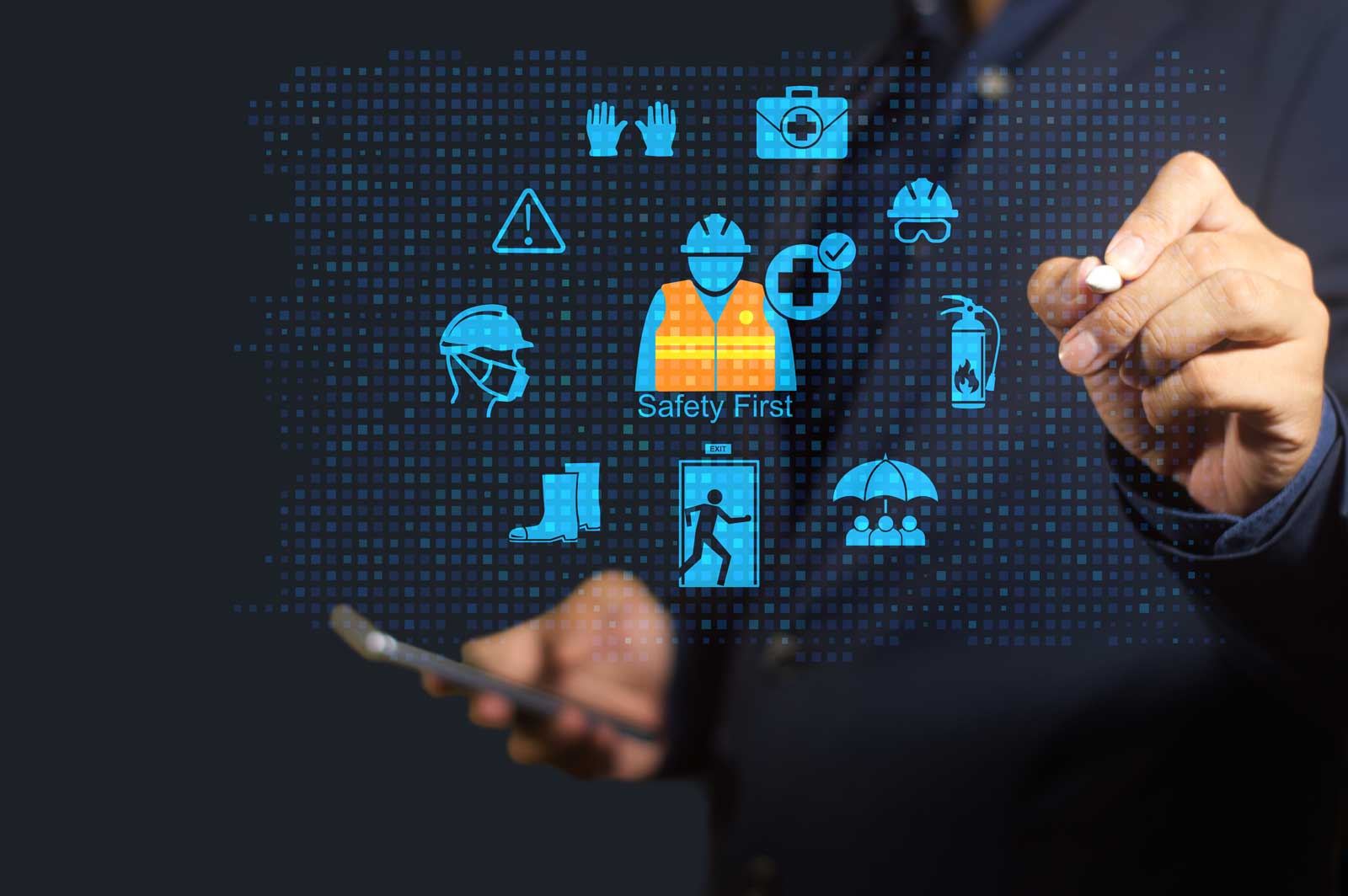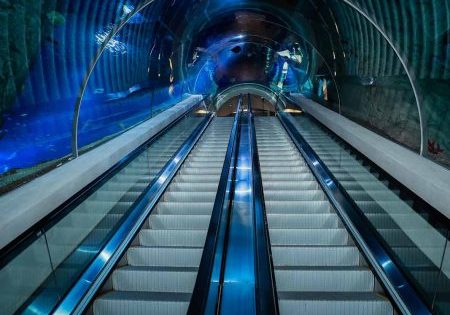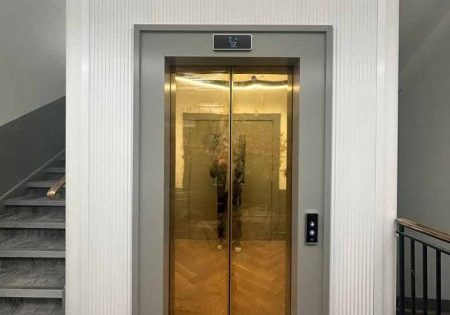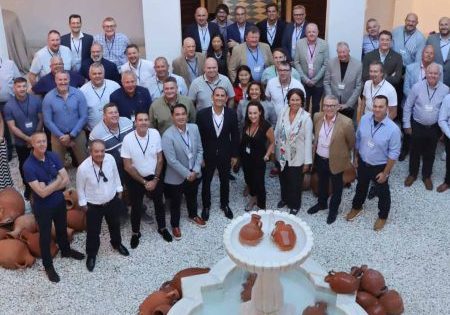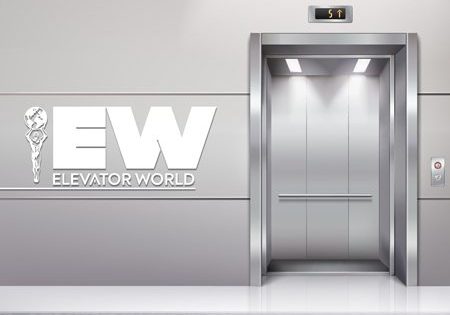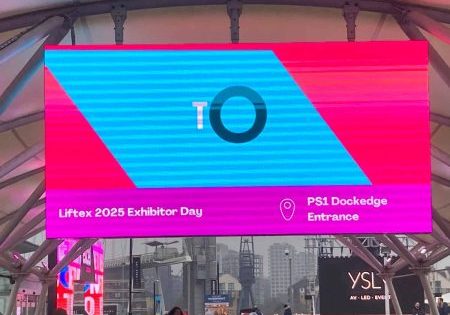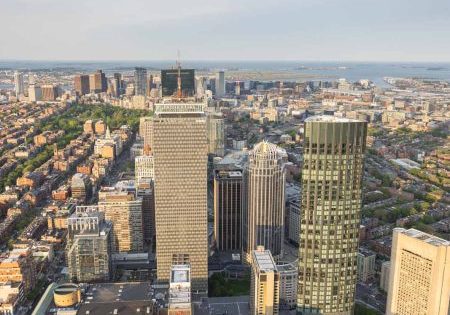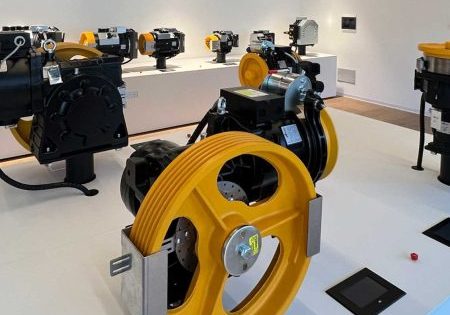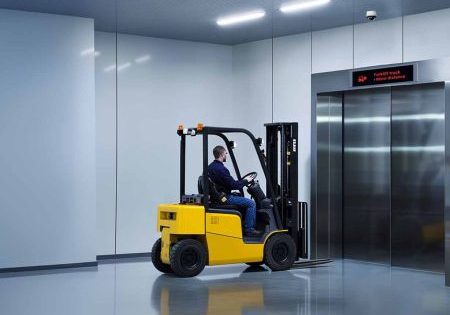Writing this article in the opening weeks of 2025 – a little horizon scanning together with a consideration of industry health and safety, one of the themes of this issue – seems appropriate.
As a Chartered Safety and Health Professional, as well as an engineer, I take a significant interest in industry health and safety. I would like to be able to say that safety practice in the U.K. industry is now significantly more advanced than it was when I started out almost 50 years ago. Unfortunately, I am unable to make the case for this. Whilst our technology has undoubtedly advanced to an extent unimaginable back in the 1970s, our management practice and general level of understanding, training and application has not advanced to the same extent, or to a standard which reflects how we like to portray our industry. Statistics indicate that deaths in the construction sector are running at one a week and that the 2023/4 dropout rate for construction industry apprentices was 47% — two unacceptable statistics which are indicative of problems affecting the whole sector.
I encounter instances in which requirements of our EN 81-20 Standard are not met or are ignored on the basis that a failure to meet the requirement does not present a hazard or risk to safety. This approach is undesirable, as experience indicates that accidents and incidents tend to arise due to an accumulation of non-compliances (often a combination of design and maintenance shortfalls) rather than a single failure. Unless there is a good reason for design non-compliance (in both new equipment and modernisation), in which case a suitable and equivalent mitigating solution should be applied, we should design to the Standard, in effect to the state of the art.
Years ago an intervention by, or a visit from, an inspector was considered to represent something of a failure which was to be avoided and was viewed with some trepidation. Defects recorded in Lifting Operations and Lifting Equipment Regulations (LOLER) Reports, or Form 54s as these were known back then, were almost invariably rectified before the next visit and within any time period stipulated by a Competent Person. In the case of time-dependent defects follow-up visits by an Environmental Health Officer (EHO) or Health and Safety Executive (HSE) Inspector were common.
Nowadays, except for in the case of an accident, a visit from an enforcement authority is a rarity. Deregulation, together with cuts in local authority and HSE budgets, have left us with self-regulation which, in the absence of enforcement and pre-emptive action, more often leaves us in an almost unregulated environment where almost anything goes. LOLER defects are repeatedly ignored with potentially hazardous situations left unresolved. In-service testing, once common under HSE PM7, has become a rarity. The standard and quality of maintenance work has deteriorated to an unsatisfactory extent. Such an environment benefits no one as safety is compromised and equipment life and resilience are reduced and the industry’s reputation and credibility are besmirched.
In terms of industry structure, back in the 1970s there were fewer lift contractors, and our structures and networks were more formal with extensive input from customers, regulators and enforcement authorities and from industry contractors — all of which enabled a balanced approach.
The emergence in the 1980s of a greater number of independent contractors disrupted long-established industry structures. Technological developments in information and communication technologies (ICTs) and in controls technologies enabled these new contractors to penetrate market sectors which had previously been the preserve of the OEMs which served to further disrupt traditional arrangements. Developments in competition law lowered barriers to entry by challenging restrictions on the supply of, and/or access to, spare parts (although even today these are not made as freely accessible as one might have hoped).
However, change is afoot. Our industry Standards are undergoing extensive review in CEN following criticisms from the European Union (EU) Commission. The prospect of the developing provisions of the Building Safety Act loom high upon the agenda and are far reaching and not limited to Higher-Risk Buildings (HRBs). The Building Regulations are to be revised. In the general aftermath of Grenfell Tower and in light of the inappropriate behaviour of some clients, designers, contractors, manufacturers and assessment authorities involved in that tragedy, all aspects of safety regulation are in question. Whilst the flawed political deregulation agenda has not wholly disappeared, it is in retreat.
Competitive pressures in terms of costs, performance and delivery have become intensive, with examples of unduly low pricing in the maintenance market. Efforts to deal with commercial issues, retentions, for example, have fallen upon deaf ears (perhaps because this is an industry internal problem involving construction main contractors rather than clients whose experience is more often of delays in the resolution of snag items), and whilst a lot of noise has been generated there has been a deficit of action. Perhaps reflective of wider perceptions of a lack of industry efficacy and efficiency?
I am of the view that accident and incident rates have been on the rise for some years now, albeit that there are a greater number of lifts and escalators in service now and, that in my work as a consultant I recognise that I may be aware of more instances of accident and failure than might otherwise be the case. However, a lack of structure and transparency in the reporting of industry accidents and failures operates to the detriment of the industry and particularly the responsible lift contractors. Improved reporting and greater transparency would be of benefit.
Industry technologies will not revert back to the stable and comfortable positions of previous years, but will continue to develop, becoming more complex, and probably disruptive, in the future, and introducing new and additional hazards and risks.
By way of response it is critical that we develop our workforce and management to handle the changed and changing environment. The answer does not lie in a recruitment of more safety managers, but in the integration of safety and a robust engineering approach in our training and everyday practice.
Indeed, health and safety should not be the sole remit of a safety department, but should be integrated into, and be part of, engineering and management functions and competencies including design, construction, site management, maintenance and maintenance and repair management. Indeed, every industry engineer (regardless of qualification level), designer and manager should be trained (in the form of proper professional training as opposed to inane tick-box questionaries) and competent in the health and safety aspects of their work and roles.
Working as a principal designer under the Construction (Design and Management) Regulations I encounter too many industry designers (contractors and consultants) and field managers who seem to have little or no idea of the safety aspects of their design and management responsibilities, albeit that these are clearly set out in the Regulations, which prescribe that designers and managers must be competent (including health and safety) in their respective fields.
The concept of “competence” has leapt to prominence in the construction sector, particularly in terms of design and compliance such that “Competence” now lies at the heart of modern Building Safety Regulation, which will undoubtedly develop to challenge our industry.
Indeed, health and safety should not be the sole remit of a safety department, but should be integrated into, and be part of, engineering and management functions and competencies including design, construction, site management, maintenance and maintenance and repair management.
The indications are that the concept of the Golden Thread of information management flowing from the Building Safety Act will develop to significantly affect our duties in terms of the information we provide in O&M Manuals and User Instructions, which currently is often woefully deficient.
We have lagged the wider construction and building services sectors in terms of developing modern structures and in professionalising the workforce such as to provide structured career path opportunities for young people. Whilst things have of late improved there is a long way to go. In the meantime, we bear the risk of the transfer of existing poor practice to the developing workforce.
My experience as an end point assessor for the CIBSE (Chartered Institution of Building Services Engineers) Apprenticeship Scheme since its inception in 2019 is that the building services sector is more advanced than we are in the lift sector. Dedicated structured career paths and degree level qualifications prevail, such that we are at risk of being left behind in terms of workforce development and in attracting young people to the industry.
The Machinery Directive we have worked with for many years now will, in January 2027, be replaced by the Machinery Regulation 2023/1230/EU. Whilst the change in title may at first glance appear innocuous, the effect of the change from Directive to Regulation is to limit interpretation and to reinforce compliance as an absolute requirement. There will be a much reduced scope for interpretation (which has been the problem with the Directive). The Lifts Directive is also now under review by way of an evaluation which includes stakeholder inputs.
The coming years will bring significant change and upheaval for our industry, much of which will be induced by external influences. Our challenge is to recognise this and to proactively and appropriately prepare for and influence these changes. The environment is comparable to that of the 1970s, also a time of political, socioeconomic and technological upheaval and rapid development. Whilst we can see what is coming on the horizon, as an industry we are not well prepared for, or ready to deal with, the changes and challenges which we are likely to encounter going forward and we must become more proactive if we are to successfully meet and negotiate these.
Get more of Elevator World. Sign up for our free e-newsletter.
